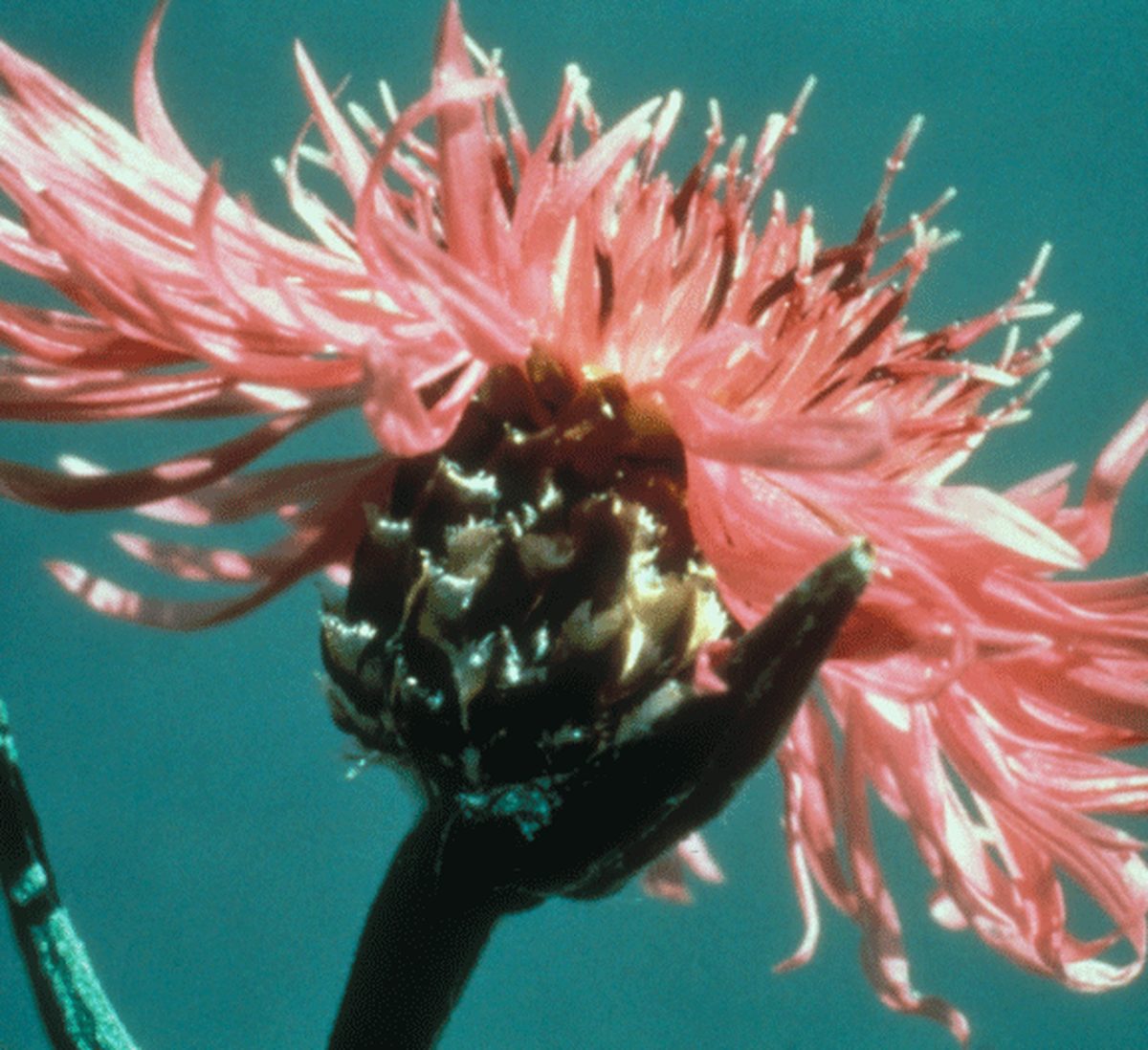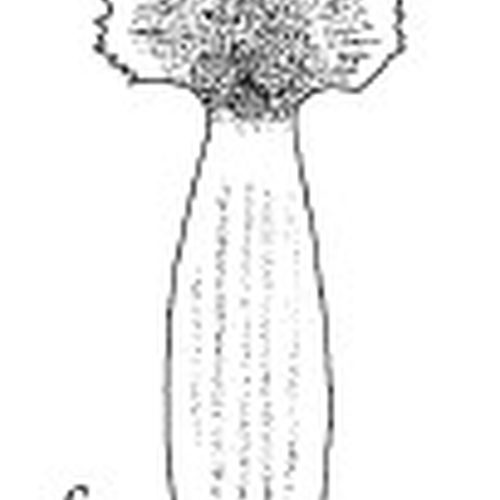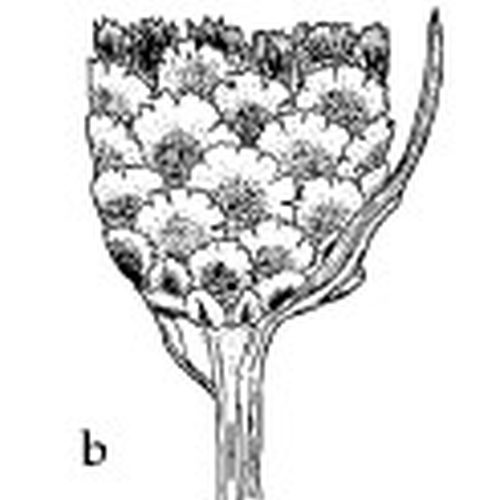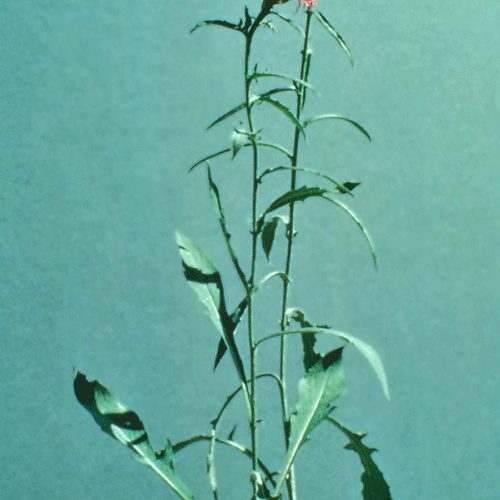Brown Knapweed
Centaurea jacea

Family: Asteraceae
Other Common Names: rayed knapweed
Weed class: B
Year Listed: 1988
Native to: Europe and Western Asia
Is this Weed Toxic?:
not known to be
Legal listings:
This plant is on also on the Washington State quarantine list. It is prohibited to transport, buy, sell, offer for sale, or distribute plants or plant parts of quarantined species into or within the state of Washington or to sell, offer for sale, or distribute seed packets of seed, flower seed blends, or wildflower mixes of quarantined species into or within the state of Washington. Please see WAC 16-752 for more information on the quarantine list. For questions about the quarantine list, contact the Washington State Department of Agriculture's Plant Services Program at (360) 902-1874 or email PlantServices@agr.wa.gov.
Why Is It a Noxious Weed?
Knapweed invasions have many impacts including an increase in production costs for ranchers, degrading wildlife habitat, crowding out desirable forage, decreasing plant diversity, increasing soil erosion rates, and posing wildfire hazards.
How would I identify it?
General Description
Brown knapweed is a perennial plant with a woody root crown that grows 20 to 48 inches tall, branching near the top.
Flower Description
Flowers are rose to purple and rarely white. Flower heads are ¾ to 1 inch, light to dark brown. Hairy bracts at base of flower heads are wider at the tips. They have broad, thin, papery margins. The center of each bract is dark brown.
Leaf description
Leaves are egg-shaped or lance-shaped and undivided. Leaves become smaller moving up the stem.
Stem description
Stems may be single to a few for each plant, upright and branched near the top and somewhat hairy.
Fruit Seed Description
Seeds are tan, small with fine hairs and no pappus.
May Be Confused With
Many species of Centaurea look very similar to each other, making identification difficult. If you need help with plant identification, please contact your county noxious weed coordinator.
Where does it grow?
Brown knapweed grows on roadsides and in meadows, pastures and open areas. Please click here to see a county level distribution map of brown knapweed in Washington.
How Does it Reproduce?
Brown knapweed reproduces by seed and can regenerate from the crown.
How Do I Control It?
General Control Strategy
.
Mechanical Control
.
Cultural Control
.
Biological Control
Urophora quadrifasciata, a seed head gall fly, has been used at a few, limited brown knapweed sites in Washington.
Herbicide Control
Please refer to the PNW Weed Management Handbook, or contact your county noxious weed coordinator.
For More Information
Selected Knapweeds of Washington Brochure
See our Written Findings for more information about brown knapweed (Centaurea jacea).
Whatcom County NWCB Control Options for Knapweeds






